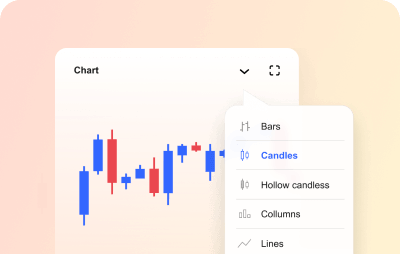Understanding Pending Orders
terminologies Center
In trading and particularly in the context of forex, commodities, and even stock markets, pending orders are instructions set in advance to buy or sell a security at a specific price or better. They are essentially a way to automate part of the trading process based on pre-defined criteria.
There are several types of pending orders:
Limit Buy Order:
This order is placed when a trader wants to buy a security at a price that's lower than the current market price. For example, if a stock is currently trading at $50, but a trader anticipates a pullback and wants to purchase it at $48, they can set a limit buy order at $48.
Limit Sell Order:
This is used when a trader wants to sell a security at a price higher than the current market price. If our trader thinks the stock, currently at $50, will see a temporary surge to $52 before dropping, they can set a limit sell order at $52.
Stop Buy Order (or Buy Stop Order):
This order becomes active and turns into a market buy order once the security reaches a specified price above the current market price.
It's often used by traders who believe that if an asset breaks above a certain resistance level, it will continue to rise. For instance, if a stock is trading at $50, but a trader believes that a break above $51 will lead to a further upward surge, they might place a stop-buy order at $51.
Stop Sell Order (or Sell Stop Order):
This is the opposite of a stop-buy order. It turns into a market sell order once the security reaches a specified price below the current market price. It's often used to protect against potential losses or to trade a bearish breakout. If a trader has a stock currently at $50 and wants to ensure they don't hold it if the price drops to $48 (indicating a potential further decline), they'd set a sell-stop order at $48.
Stop Loss and Take Profit:
While we discussed these in the previous answer, it's worth noting that they too are types of pending orders. A stop loss will sell a position if the price drops to a certain level, and a take profit will sell a position if the price rises to a certain level.




